
Unlocking the Future: How Hydroponic Greenhouses Are Revolutionizing Sustainable Farming
As the global population is projected to reach 9.7 billion by 2050, the demand for sustainable food production has never been more critical.
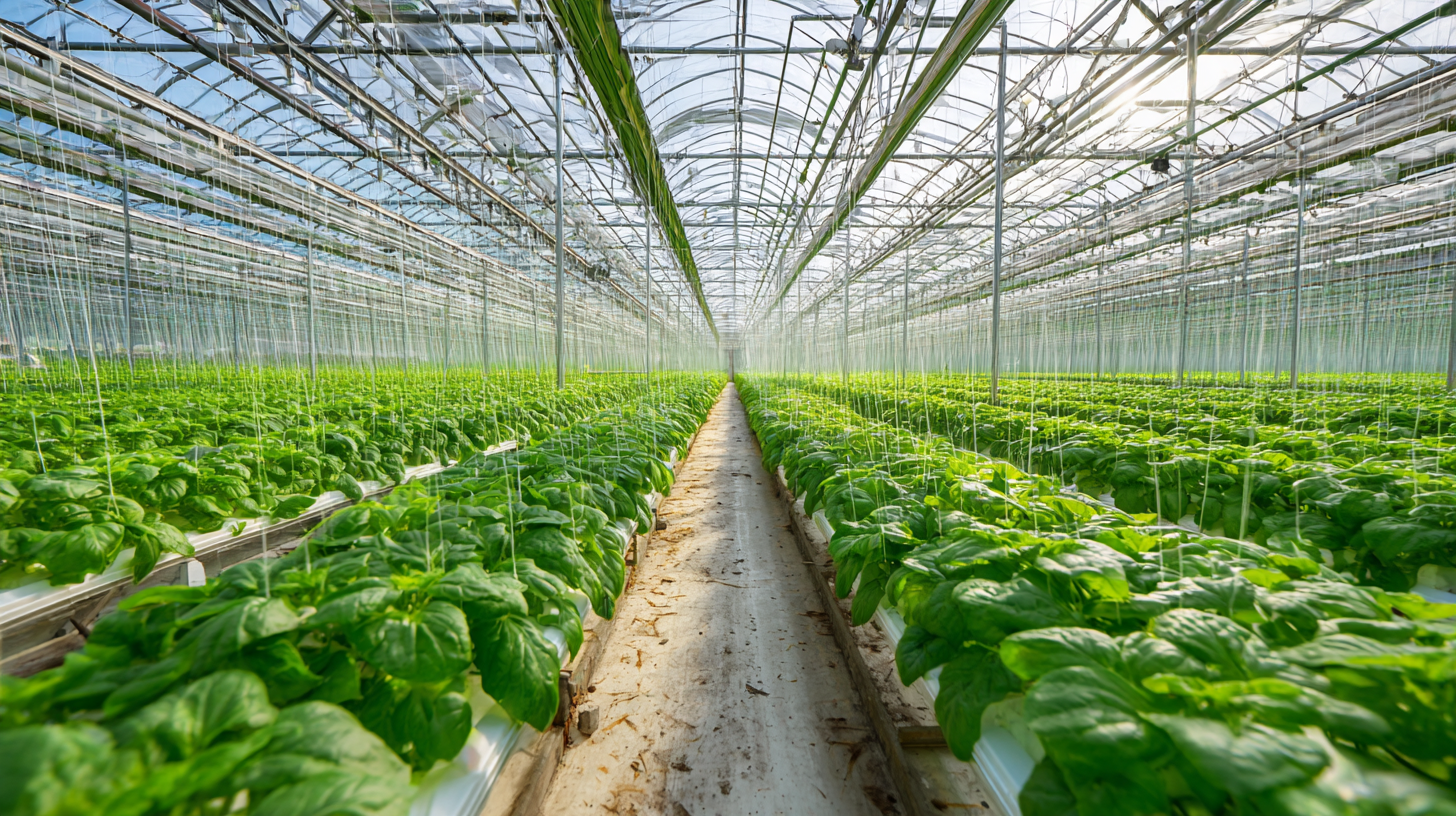 Hydroponic Greenhouses offer a revolutionary approach to farming, enabling growers to produce crops more efficiently while minimizing land use and water consumption.
According to a report by Research and Markets, the hydroponics market is expected to reach approximately $16 billion by 2025, driven by advancements in technology and an increase in awareness of environmental concerns.
Hydroponic Greenhouses utilize nutrient-rich water solutions, eliminating the need for traditional soil-based agriculture, and allowing for year-round cultivation regardless of climate conditions.
With the ability to yield up to 10 times more produce per square foot compared to conventional farms, Hydroponic Greenhouses are not just a trend but a pivotal solution in addressing food security challenges and promoting sustainable agricultural practices.
Hydroponic Greenhouses offer a revolutionary approach to farming, enabling growers to produce crops more efficiently while minimizing land use and water consumption.
According to a report by Research and Markets, the hydroponics market is expected to reach approximately $16 billion by 2025, driven by advancements in technology and an increase in awareness of environmental concerns.
Hydroponic Greenhouses utilize nutrient-rich water solutions, eliminating the need for traditional soil-based agriculture, and allowing for year-round cultivation regardless of climate conditions.
With the ability to yield up to 10 times more produce per square foot compared to conventional farms, Hydroponic Greenhouses are not just a trend but a pivotal solution in addressing food security challenges and promoting sustainable agricultural practices.
Understanding Hydroponic Systems: The Basics of Soil-less Agriculture
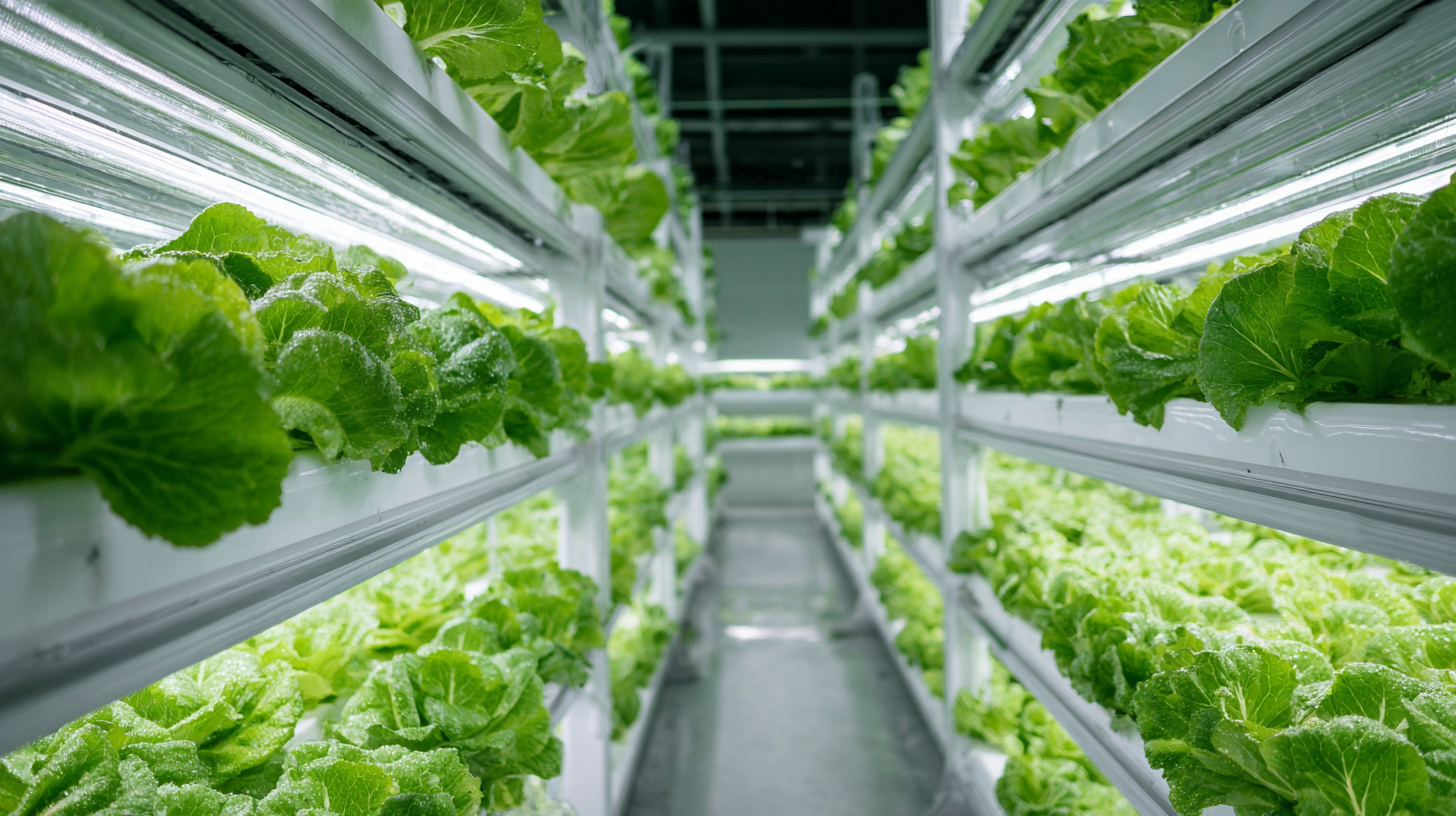 Hydroponic systems represent a groundbreaking shift in agriculture, focusing on soil-less growing methods that can significantly increase efficiency and sustainability. One key aspect of hydroponics is its ability to use up to 90% less water than traditional farming. According to a report from the International Hydroponics Society, this dramatic reduction in water consumption is vital as global freshwater resources become increasingly scarce.
Moreover, hydroponic systems can produce crops year-round, irrespective of climate, which addresses food security concerns, especially in urban areas where arable land is limited.
Hydroponic systems represent a groundbreaking shift in agriculture, focusing on soil-less growing methods that can significantly increase efficiency and sustainability. One key aspect of hydroponics is its ability to use up to 90% less water than traditional farming. According to a report from the International Hydroponics Society, this dramatic reduction in water consumption is vital as global freshwater resources become increasingly scarce.
Moreover, hydroponic systems can produce crops year-round, irrespective of climate, which addresses food security concerns, especially in urban areas where arable land is limited.
Additionally, hydroponic systems can yield crops at an astonishing rate—up to ten times that of conventional farming methods. Research published in the Journal of Cleaner Production highlights that hydroponic lettuce can grow to harvest size in just 30 days, compared to the typical 60-90 days required for field-grown varieties. This expedited growth cycle allows for multiple harvests throughout the year, enhancing productivity and contributing to a more resilient food supply chain.
As technology continues to evolve, hydroponic systems are poised to play a critical role in meeting the nutritional demands of a growing global population while minimizing environmental impact.
Key Advantages of Hydroponic Greenhouses: Enhancing Sustainability and Efficiency
Hydroponic greenhouses are at the forefront of sustainable farming, bringing forth significant advantages that enhance both sustainability and efficiency. According to a report by the Food and Agriculture Organization (FAO), hydroponic systems can reduce water usage by up to 90% compared to traditional soil-based farming. This drastic reduction in water consumption is crucial as global water scarcity becomes an increasingly pressing issue. By recirculating water and utilizing advanced nutrient delivery systems, hydroponic greenhouses not only conserve water but also improve nutrient efficiency, resulting in healthier plants and higher yields.
In addition to water savings, hydroponic greenhouses can significantly increase crop production. A study published in the International Journal of Environmental Research and Public Health found that hydroponically grown crops can yield up to 200% more per square foot than conventionally grown crops. This increased productivity is particularly vital for urban settings, where space is limited. The controlled environment of hydroponic systems allows for year-round cultivation, minimizing the impacts of climate variability and enabling farmers to respond rapidly to market demands, thereby enhancing food security and sustainability in an increasingly urbanized world.
Essential Components for Building a Hydroponic Greenhouse
Creating a successful hydroponic greenhouse requires understanding its essential components. First, you'll need a suitable structure that allows for adequate light and temperature control. Greenhouses made of transparent or translucent materials facilitate optimal sunlight penetration, essential for plant growth. Additionally, insulation is vital for maintaining a stable internal climate, protecting plants from extreme temperatures.
Next, selecting the right hydroponic system is crucial. Options such as nutrient film techniques (NFT), deep water culture (DWC), or aeroponics each have unique benefits suited to different crops. Choose a system that aligns with your space, budget, and the types of plants you wish to grow.
**Tips:** When building your hydroponic greenhouse, consider incorporating automated systems for monitoring pH levels, nutrient concentration, and environmental conditions. This will not only save time but also enhance plant health and yield. Additionally, use organic nutrients to encourage sustainable practices, ensuring your operation remains environmentally friendly and productive in the long run.
Hydroponic Greenhouses: Yield Comparison of Various Crops
Optimizing Plant Growth: Nutrient Management in Hydroponics
Nutrient management is crucial in hydroponic systems, as it directly influences plant health and yield. Unlike traditional soil gardening, hydroponics relies entirely on nutrient solutions delivered directly to the plant roots. This precision allows for a tailored nutrient profile that meets the specific needs of various crops throughout their growth stages. By carefully monitoring and adjusting the pH and electrical conductivity of the nutrient solution, growers can optimize nutrient uptake, leading to faster growth rates and enhanced crop quality.
Advanced techniques such as nutrient film technique (NFT) and deep water culture (DWC) further illustrate how effective nutrient management can boost productivity in hydroponic greenhouses. In NFT, a thin film of nutrient solution circulates over the roots, providing a continuous supply of essential minerals while allowing for oxygen exchange. Meanwhile, DWC submerges the roots in nutrient-rich water, ensuring robust growth and high yields. These methods showcase the potential of optimized nutrient delivery, demonstrating that with the right practices, hydroponic systems can significantly outperform traditional farming in sustainability and efficiency.
Future Trends in Hydroponics: Innovations Shaping Sustainable Farming Practices
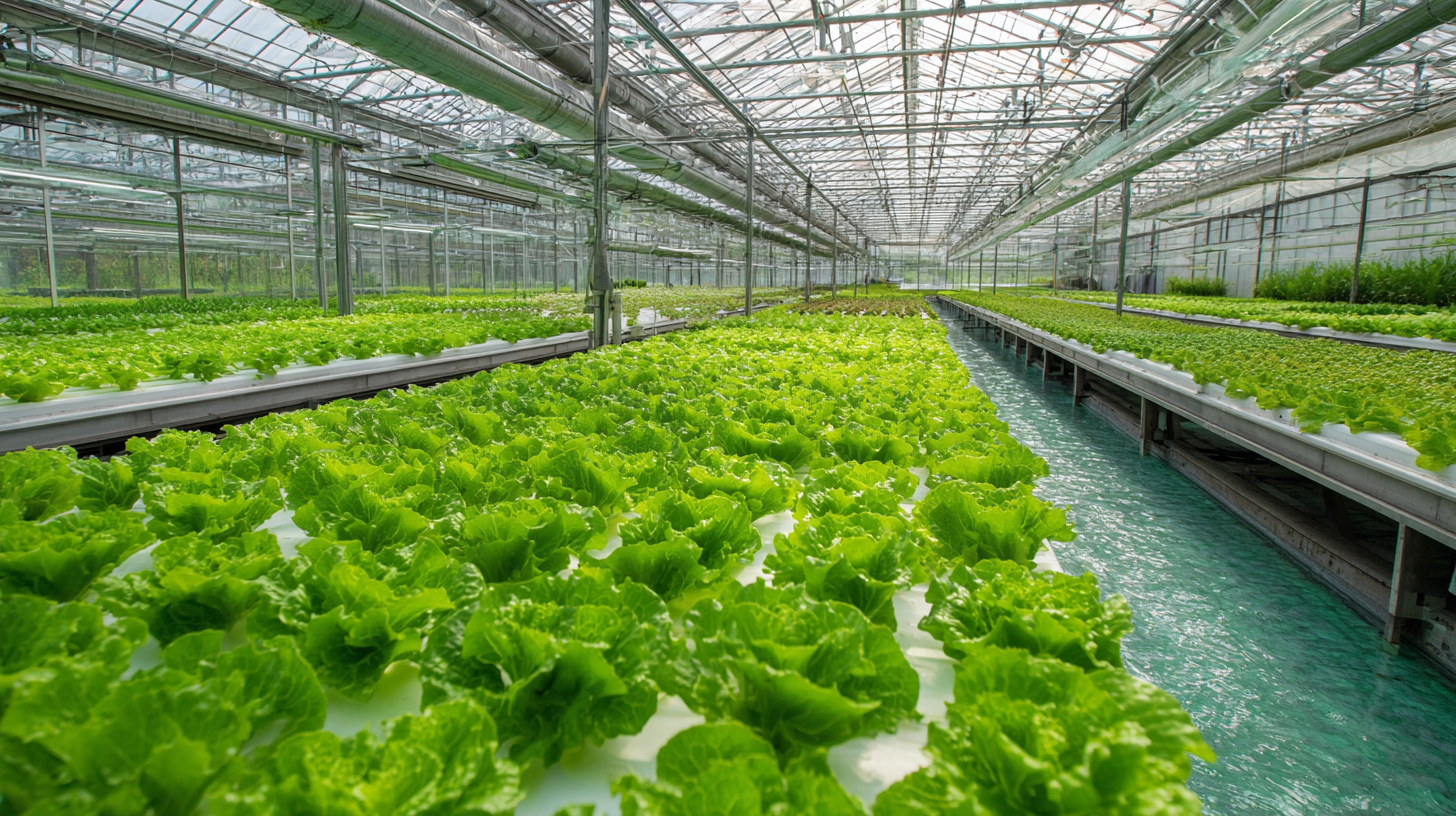 The landscape of sustainable farming is being transformed by innovations in hydroponic technology, which have garnered significant attention in recent years. With the global market for hydroponics valued at approximately $1.048 billion in 2023, the sector is poised for remarkable growth. Projections indicate that this market will expand to $1.445 billion by 2024, ultimately reaching nearly $2.4 billion by 2032, with a robust compound annual growth rate of 9.68%. This growth reflects an increasing demand for sustainable agricultural practices that minimize environmental impact while maximizing efficiency and crop yield.
The landscape of sustainable farming is being transformed by innovations in hydroponic technology, which have garnered significant attention in recent years. With the global market for hydroponics valued at approximately $1.048 billion in 2023, the sector is poised for remarkable growth. Projections indicate that this market will expand to $1.445 billion by 2024, ultimately reaching nearly $2.4 billion by 2032, with a robust compound annual growth rate of 9.68%. This growth reflects an increasing demand for sustainable agricultural practices that minimize environmental impact while maximizing efficiency and crop yield.
Emerging trends within hydroponics showcase exciting advancements that are redefining traditional farming. Techniques such as vertical farming and automated nutrient delivery systems are becoming more prevalent, enabling producers to cultivate crops in space-efficient environments. Innovations in sensor technology and data analytics are also enhancing crop management, allowing farmers to monitor plant health and optimize growing conditions in real time. As these technologies continue to evolve, they promise to make hydroponic farming more accessible and efficient, paving the way for a greener future in agriculture.
Related Posts
-
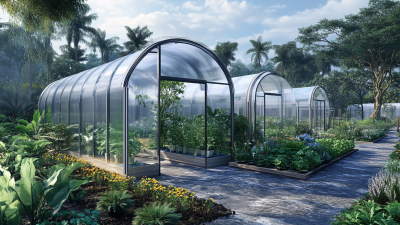
Unlocking Opportunities for Hydroponic Greenhouses at the 137th Canton Fair 2025
-
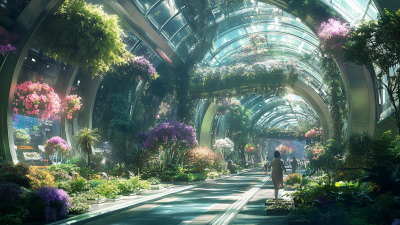
Explore the Future of Hydroponic Greenhouses at the Upcoming Canton Fair 2025
-
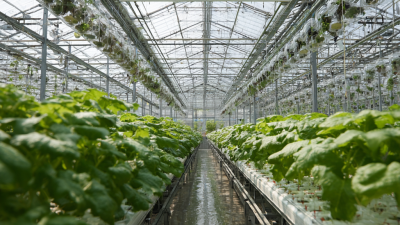
China Leads the Way in Hydroponics Greenhouse Innovation for Global Quality Standards
-
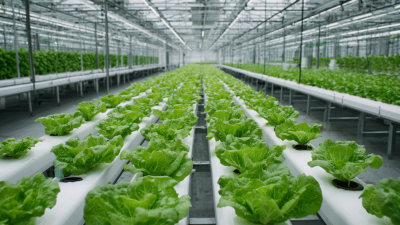
Innovative Examples of Hydroponics Systems Transforming Global Agriculture
-

10 Amazing Reasons Why Agricultura Greenhouse Increases Crop Yields by 50 Percent
-
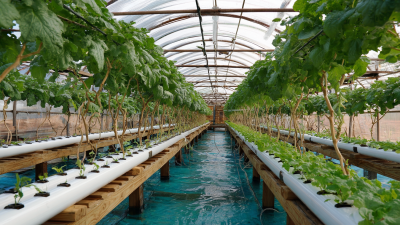
Unlocking the Advantages of the Best Aquaponics Greenhouse for Sustainable Farming Practices
